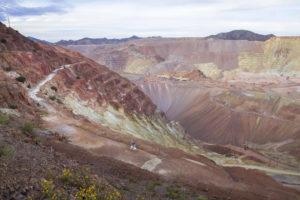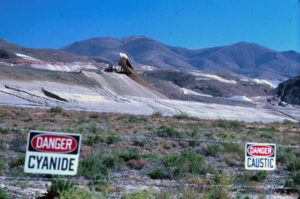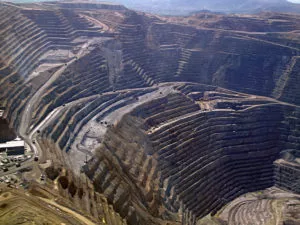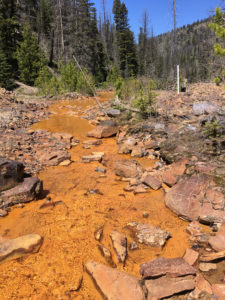Mining law reform means different things to different constituencies. For example, the mining industry claims to support “mining reform”, but what they support would not significantly (if at all) improve the status quo.
Principles of legitimate 1872 Mining Law reform should include:
Establish meaningful Tribal consultation and Indigenous resource protections.
On January 26, 2021, the Biden-Harris administration issued an Executive Order (EO) on Tribal Consultation and Strengthening Nation-to-Nation Relationships. The EO directs the Interior and Agriculture Departments to plan and engage in regular, meaningful, and robust consultation in the development of policies, like hardrock mining regulation, that have Tribal implications. Consultations and regulations on mining should seek to achieve the Free, Prior, and Informed Consent (FPIC) of Indigenous communities.
Protecting special places from mining
Under the federal government’s current interpretation, land managers give preference to mining over all other land uses—from recreation to drinking water supplies to hunting.
This leaves special places like the Cabinet Mountains Wilderness, and the wild and scenic Chetco River in danger from mineral development.
Reform of the mining law must recognize that there are some places that should not be mined and must clearly give land managers the ability to deny a mine proposal.
Strengthening environmental standards
There are no statutory environmental standards written specifically for mining on lands open to location under the 1872 Mining Law.
The Clean Water Act does not protect groundwater from mining pollution, and there is no definition of how to reclaim a mine, for example. Mining industry-specific environmental standards must be created to:
- protect surface and groundwater quality from erosion and toxic discharge;
- require landscape restoration concurrent with mining; protect topsoil and wildlife habitats;
- require productive native revegetation; and
- minimize and neutralize mine wastes.
Fiscal reforms
The 1872 Mining Law currently provides the mining industry with billions of dollars in subsidies. The two most egregious:
- unlike all other extractive industries, hardrock mining pays no royalty for minerals taken from public lands;
- for $5 an acre, mining interests have patented (purchased) an area roughly equivalent in size to the state of Connecticut containing minerals valued at more than $300 billion.
A new, reformed mining law should end patenting, and establish a fair royalty—based on the value of the mineral extracted.
Enforcement, inspection, and bonding
Enforcement and inspection
Currently, federal public land managers cannot enforce what mining regulations that do exist. Instead, they must petition the Justice Department to do so—a slow and cumbersome process.
Under a reformed mining law, land managers must have the authority to ensure operator compliance by requiring:
- enforcement actions for violations,
- frequent inspections, and
- civil and criminal penalty assessments.
Additionally, new mining permits must not be given to operators with outstanding violations.
Bonding and financial guarantees
To protect taxpayers and provide incentive to fully comply with the law, financial guarantees must be required for all phases of operation that would completely cover the cost of both reclaiming the mine and the costs associated with managing the reclamation.
Financial guarantees must be backed by concrete financial instruments. Self-bonding/corporate guarantees are not acceptable.
Abandoned mine reclamation fund
There are more than 500,000 abandoned hardrock mines in the United States that will cost between $32 and $72 billion dollars to reclaim. Currently there is no funding source for abandoned hardrock mine reclamation. An abandoned mine land fund, paid for through mining royalties and fees, is needed to clean up the scarred landscapes and polluted waters left by the mining industry.





